As devoted cat owners, nothing pains us more than seeing our furry friend unhappy. Though commonly perceived as indifferent and detached, we know that cats possess a range of emotions and can express them in their unique ways. Unfortunately, it is not uncommon for our beloved cats to experience sadness and even depression.
Though cats are not always vocal in their communication with us, their subtle cues, such as facial expressions and body language, can give us insight into their emotional state. An indoor cat, with whom we spend more time, may be easier to read, but outdoor cats are equally susceptible to feelings of sadness and depression.
As responsible pet owners, it's important to remember that both outdoor and indoor cats can experience these emotions. If you find yourself questioning whether your cat is sad, depressed, or in need of assistance, it's crucial to pay closer attention to your cat's behavior and take the necessary steps to help them. In this guide, we will explore the signs of sadness and depression in cats, potential causes, and ways to support your furry companion through these difficult times.
Is Your Cat Sad, Or Is Your Cat Depressed?
A sad cat and a depressed cat may display similar symptoms, but there is a difference between the two.
A sad cat may display symptoms such as a lack of energy, a decrease in appetite, and a decrease in grooming. These symptoms may be temporary and may be caused by a specific event or situation, such as a change in the cat's routine or the loss of a companion.
A depressed cat, on the other hand, may display more severe and prolonged symptoms, such as a complete loss of appetite, a complete lack of energy, and a complete lack of interest in activities or interactions. These symptoms may be caused by a more serious underlying condition, such as chronic illness or a traumatic event. If you suspect that your cat is depressed, it is important to consult with a veterinarian to rule out any underlying medical issues. A veterinarian can also help determine whether your cat is sad or depressed and recommend appropriate treatment options.
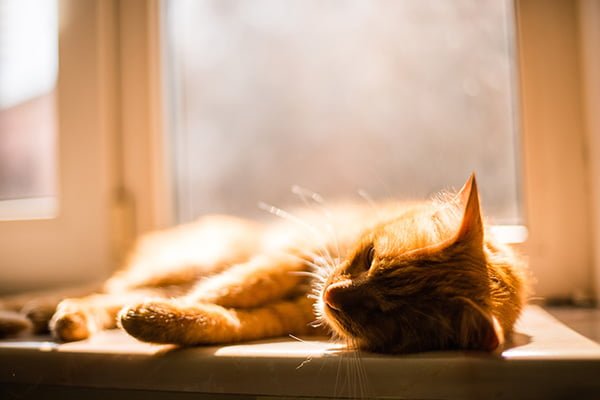
Signs and Symptoms Of A Sad Cat
Because cats are naturally independent creatures, it can be difficult to tell if they are isolating themselves out of emotion regular routine. These are some signs to look for if you think your cat may be sad.
Change In Body Language
Cat's body language is straightforward, and it's always a good time to either learn or brush up on cats' basics. A happy cat's tail will move like a soft feather duster. A depressed, sad, or upset cat, on the other hand, can have tucked tail, pinned-back ears, or hair standing up.
Vocalization
Vocal cues and changes in your cat's regular vocalization, whether more or less than usual, may be an indication that your cat is feeling sad. Specific noises, like moans, groans, or low-pitched yowls, can also indicate emotional unhappiness. Other examples include a normally quiet cat that has become excessively vocal or a vocal cat that has become quiet.
Aggression/Fear
It is common for sad cats to be more reactive to otherwise usual situations and act out with aggression or fear, which can be represented by growling, hissing, and fighting.
Poor Grooming Or Changes in Grooming Habits
Stress or depression can cause changes in a cat's typical grooming routine. Whereas a cat may typically groom themselves daily after eating and when relaxing, a sad cat may excessively to the point of hair loss or not grooming at all due to lack of energy. Some cats may stop grooming themselves and leave a very unkempt-looking coat.
Excessive Sleeping
Cats suffering from depression or sadness may feel excessively tired and lethargic, lacking energy. It is not uncommon for sad and depressed cats to sleep more than usual and change their typical daily routine. Most cats typically sleep 12-16 hours daily, and a depressed or sad cat can sleep longer.
Changes in Appetite
A sudden change in appetite, specifically decreased or not eating at all, indicates that your cat may be sad. A common sign that your cat is not itself is losing motivation in previous interests, which can mean decreased appetite for many cats since cats are usually food-motivated or lose interest in their favorite treat.
Bathroom Habit Changes
Changes in bathroom habits by your cat could include inappropriate urination in places other than their litter box and/or spraying to mark their scent rather than just urinating. Soiling outside of the litter box could be a physical or emotional response. Cats sounding themselves with their own scent can help reduce anxiety, and it can also be a way for them to mitigate fear. If this occurs, the cat should be monitored and evaluated.
Behavioral Changes
Changing in personality, reactiveness, grooming, appetite, loss of interest in their favorite treats, and energy levels are common signs of depression and sadness in cats. Other behavior changes include decreased interaction with other animals and people, hiding, losing interest in their favorite activities, and excessive scratching.
Diagnosing Cat Depression
Cats can display signs of anxiety and sadness. However, if you suspect your cat may be depressed, it's important to consult with a veterinarian to determine if your cat has feline depression.
There is no blood test, or scan veterinarians can do to diagnose sadness or depression, but they can help rule out any possible physical causes and underlying medical conditions. They can also help you look at a cat's behaviors to help identify if you got an unhappy cat or are depressed and recommend appropriate treatment options.
Why Cats Get Sad
There can be several reasons why a cat becomes sad. It is important to recognize the signs and symptoms and evaluate the cat's environment. The following situations are possible reasons why cats often become depressed:
Changes in Environment
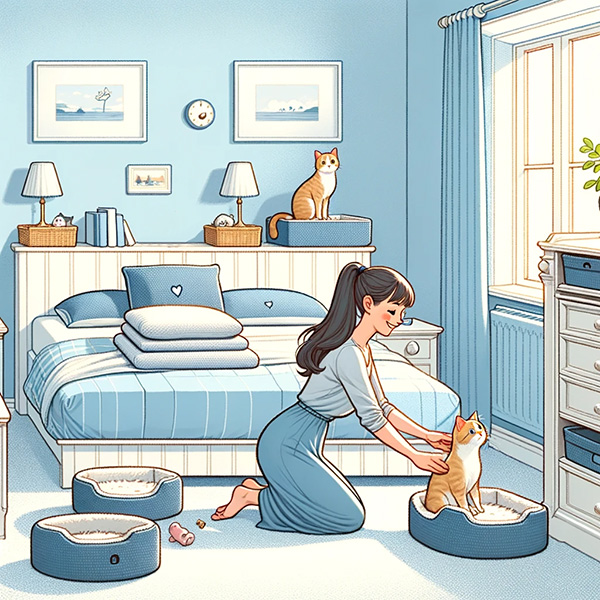
While this is a broad reason and can mean a variety of things, it is important to recognize how changes in your cat's environment can affect its emotional and physical well-being.
These changes can range from adding a new cat or new pet to the home, moving to another house or apartment, having a new person living in the home to seasonal changes, limited access indoors/outdoors, and losing a loved one (human or pet).
Boredom
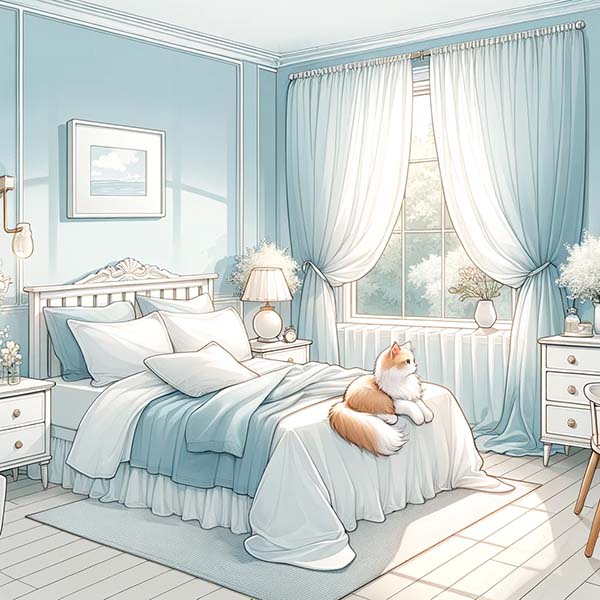
While naturally calm, cool, and collected, it is possible for a cat to become sad or depressed due to boredom in their home. If there is not enough stimulation in your cat's daily routine, including places to scratch, toys to play with, and people to interact with, it's easy for your cat to become sad.
Lack Of Social Interaction
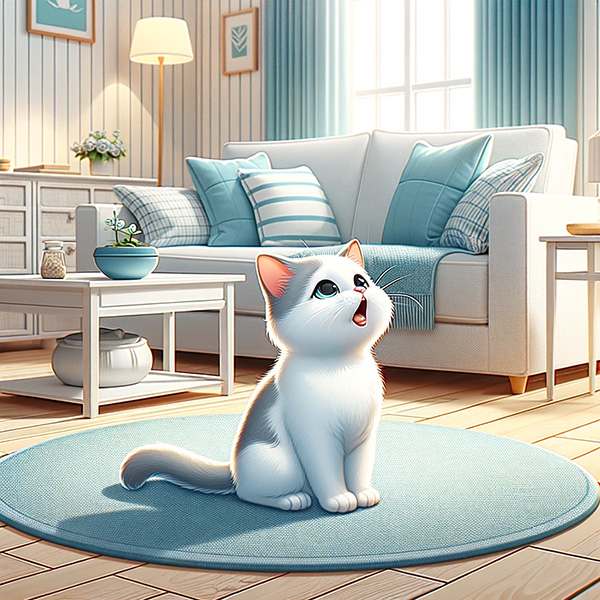
Cats are social animals, and they thrive on interaction with their owners, as well as other cats and animals. A cat that is left alone for long periods or not given enough attention may become lonely and sad.
Cats that live in a multi-cat household or have regular access to other cats or animals are less likely to experience loneliness and sadness. However, even cats that live with other cats or animals may still require social interaction with their owners.
Illness/Injury
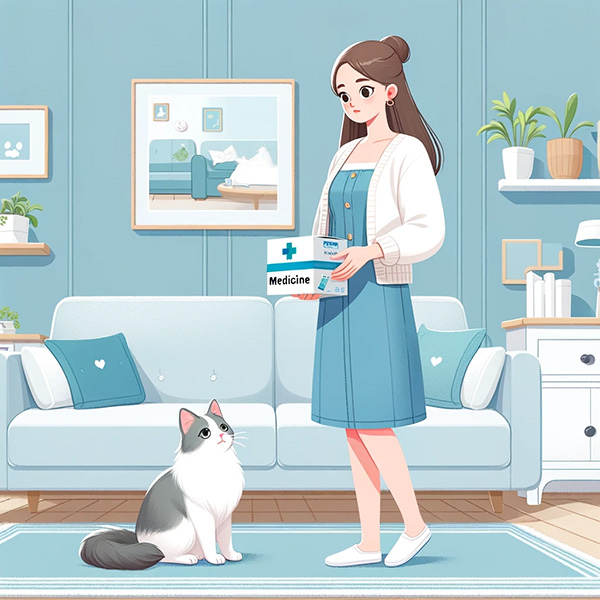
If your sad cat is suffering from an illness or injury, it is easy for them to become depressed, especially if they are in pain. For a healthy and active cat, suffering from a painful injury or debilitating illness can cause them to feel sad and depressed that it cannot fill its active needs.
Conditions such as dental disease, kidney disease, fatty liver disease, diabetes, hypothyroidism, and other serious health problems can affect your cat's happiness level. Medication and chemotherapy can also cause similar or the same symptoms.
If the sadness is sudden, look for any physical illness or injury. Check for any visible injuries and look for signs of a sick cat. This could include loss of appetite, change in sleep patterns, or cat crying sounds. If your quiet cat suddenly becomes loud and vocal, it can be due to mental anguish and anxiety.
Grieving
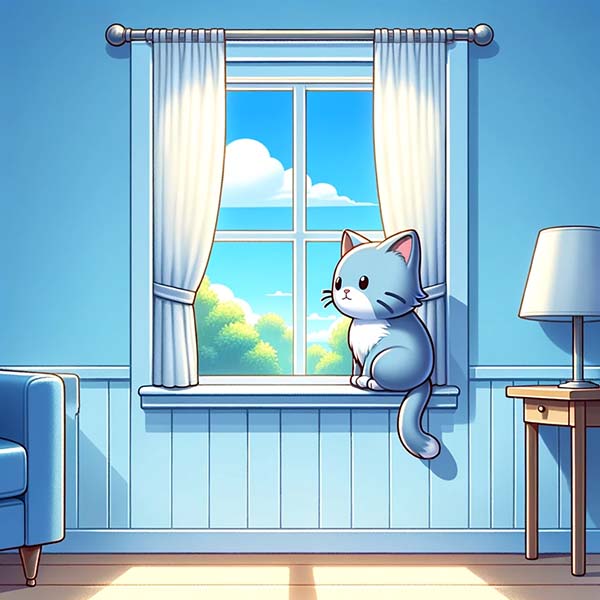
One possible cause of sadness and cat depression is grieving. While cats are considered solitary animals, they do develop close relationships with humans and other pets. Losing a loved one, including family members, other cats, and another animal companion, can be devastating for your cat. Like a human, cats grieve the loss of a loved one. In this situation, it is only a temporary behavior and will likely return back to normal with some time.
Trauma
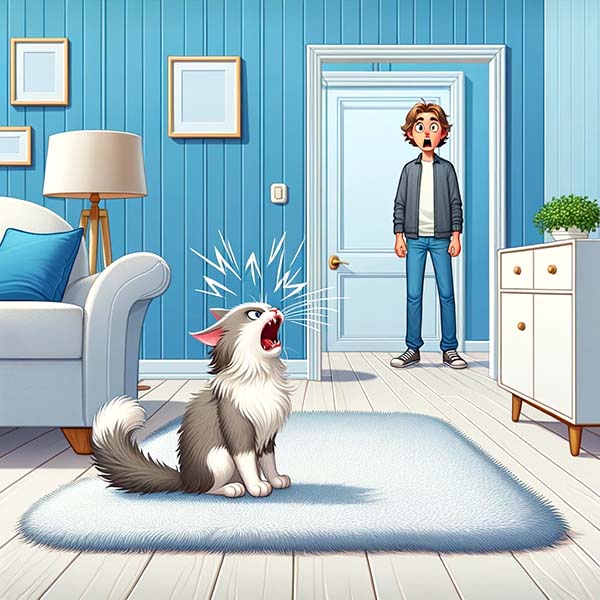
Trauma is a serious issue that can have a significant impact on a cat's emotional well-being. Traumatic events, such as abuse or neglect, can cause a cat to develop emotional scars that may lead to depression.
Trauma can also lead to post-traumatic stress disorder (PTSD) in cats. This is a condition where a cat continues to experience emotional distress long after the traumatic event has occurred. Cats with PTSD may have flashbacks and nightmares and may display signs of anxiety and fear even when there is no apparent danger. It's important to seek the help of a veterinarian if you suspect your cat has been subjected to trauma.
How to Help a Sad Cat
Helping a sad cat can be challenging, but it is important to take action to improve the cat's quality of life. Here are some steps you can take to help a sad cat:
Identify The Cause Of Sadness
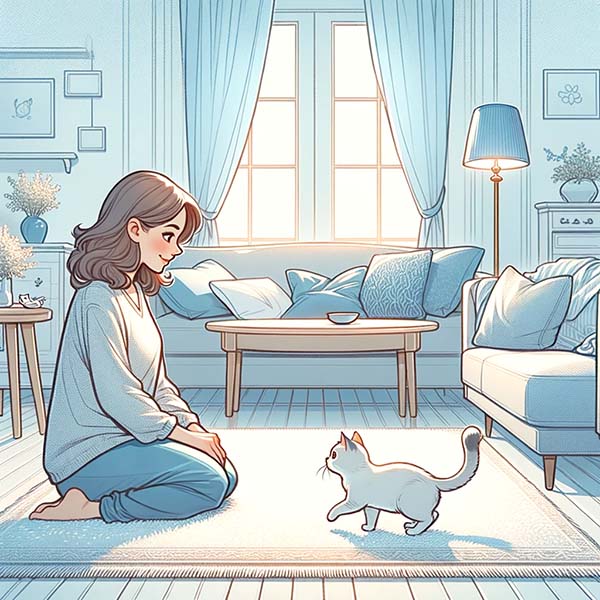
Try to figure out what is causing the sadness. It could be anything from a lack of social interaction to a move to a new home. Once you know the cause, you can take steps to address it.
Create a stimulating environment
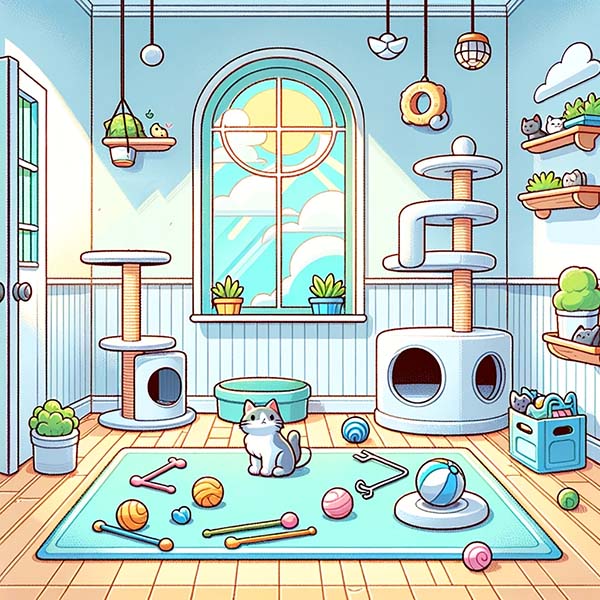
Make sure your cat has a variety of cat toys, cat exercise wheel, window perch, cat tree, catio, and catnip to play with. A mentally and physically stimulating environment can motivate your cat to remain active and help keep them from feeling bored throughout the day.
Spend time bonding with your cat
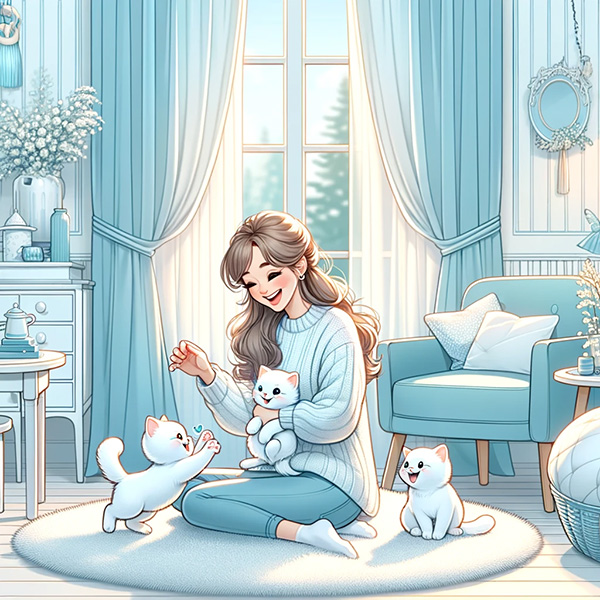
Cats love interacting with their parents. Therefore, it is essential to spend quality time with your cat. Take some time out of your day to spend one-on-one time with each of your cats. These could include petting, playing, cuddling, grooming, and talking with him/her.
Keep them healthy
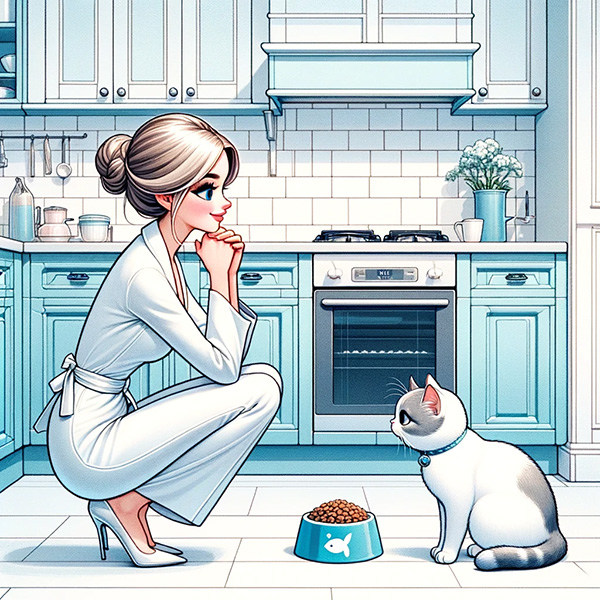
Along with providing fresh water and a healthy diet, check in with your veterinarian to make sure that your cat is healthy and not suffering from any underlying diseases or illnesses. Check with your veterinarian for recommended vaccines, parasite prevention, and bloodwork.
Natural Supplements
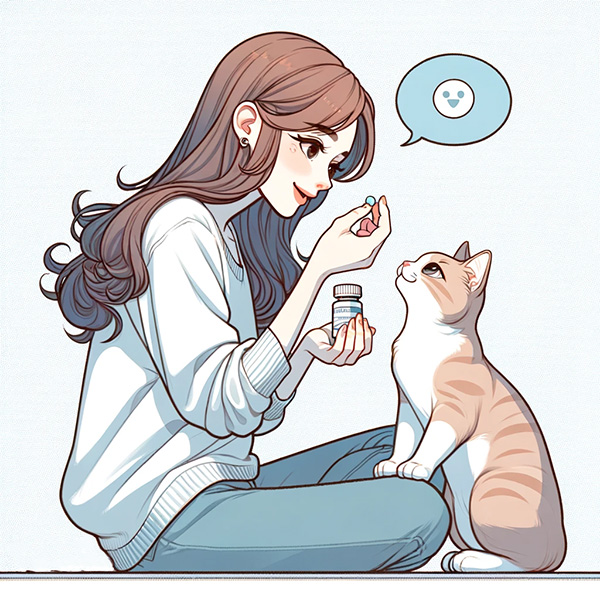
Supplements that contain l-theanine and l-tryptophan can help increase serotonin in a cat's brain, which may help combat depression and sadness. Serotonin is known as a "feel good" neurotransmitter, and higher levels can make them happy and improve your cat's mood and overall mental health.
Ensure a consistent routine
Cats are creatures by habit and thrive on routine, so make sure your cat has a consistent feeding and sleeping schedule.
Consider A Companion
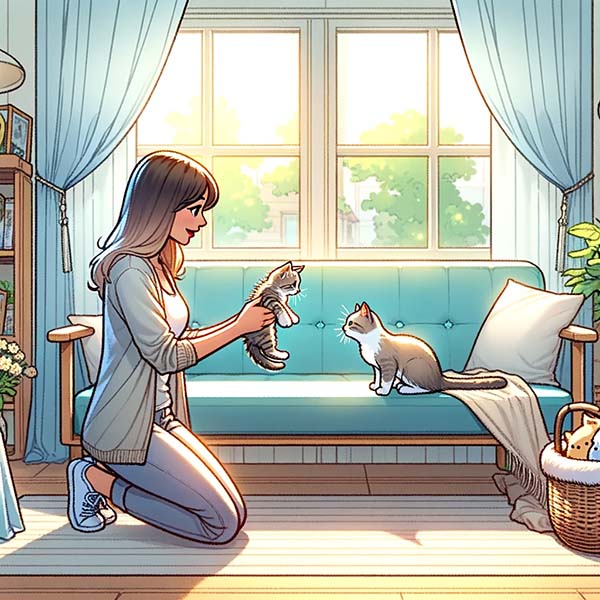
Even though cats are solitary creatures, domesticated cats are social animals. If your cat is the only cat in the household, consider adopting another cat or can spend more time with other cats. A companion can provide social interaction and help alleviate loneliness and isolation. If you cannot adopt another cat, consider taking your cat to a cat cafe or cat-sitting for a friend's cat. Interaction with other cats can help improve their mood and overall well-being.
Consider using pheromone therapy
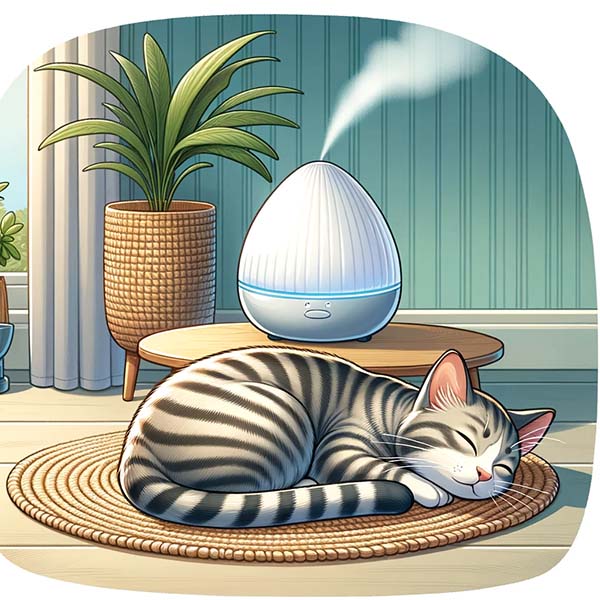
Cat pheromone therapy is a type of treatment that involves using synthetic versions of natural cat pheromones. It can help reduce anxiety and stress in cats, which can help improve their mood. Several types of cat pheromone products are available, including sprays, plug-in diffusers, and many cat collars.
